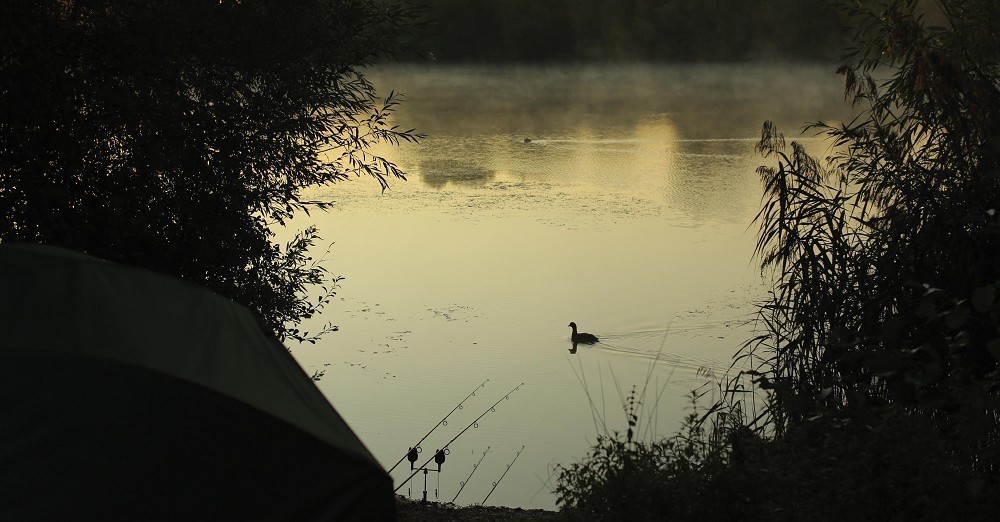
How does barometric pressure affect carp fishing?
Gaz Fareham explains...
Q: Can you explain barometric pressure to me and how can I use it to my advantage in my carp fishing? Rob Potter, via email
Gaz Fareham says: “For me, in very simple terms, the lower the pressure, the more likely the carp are to feed heavily, and the higher the pressure, the more likely they are to be up in the water, and harder to catch, off the bottom at least anyway.
“Barometric pressure often has associated weather patterns that comes along with it: low pressure often brings big winds, rain and cloudy skies, whereas high pressure often brings clear, calm and sunny skies - not always, but they are the generalisations you can safely draw.
“I’m not sure of the science behind pressure, and how directly the carp are affected in our fairly standardised and relatively shallow UK waters, but from years of experience-based results I have found that carp are far more inclined to feed heavily, and for longer periods, when the pressure is low. Now whether that is because they are more comfortable lower in the water in these conditions or because these conditions often bring wind, rain and cloud that stimulates feeding in other ways I’m not sure, but for me, carp on the bank is the biggest science I work with. In your classic low pressure conditions I’ll often be looking to go heavier on the bait and be fishing spots with a bit more depth perhaps.
“High pressure often sees the carp physically higher in the water, and in the winter Zigs definitely come into their own, and in the summer, again the Zigs and floaters can be king after that short first light feeding spell has passed.”


